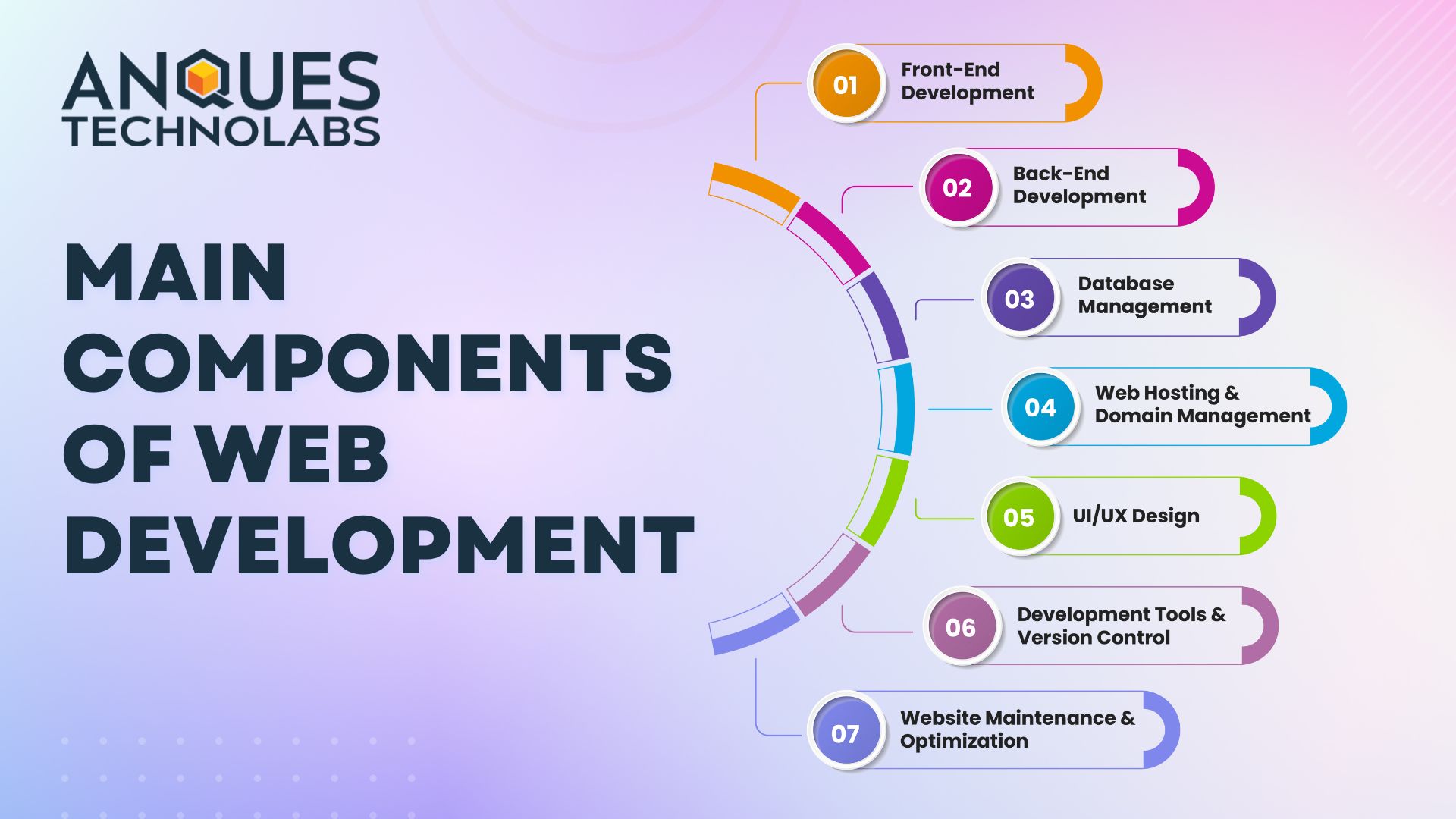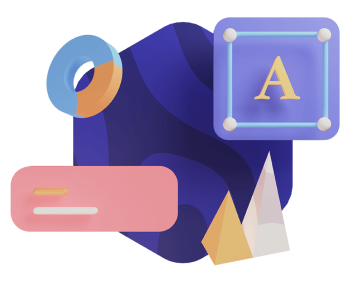1. Introduction to ReactJS and NodeJS
ReactJS, Development is a JavaScript library used for building user interfaces. It follows a component-based architecture and provides a declarative approach to creating interactive UI components. On the other hand, NodeJS is a JavaScript runtime environment that allows developers to run JavaScript code on the server side. It utilizes an event-driven, non-blocking I/O model, making it highly efficient for building scalable and real-time applications.
2. Benefits of ReactJS for Web App Development
Simplified Component-Based Architecture
ReactJS introduces a component-based approach where the UI is divided into reusable and self-contained components. This modular structure promotes code reusability, simplifies maintenance, and enhances development speed.
Virtual DOM for Enhanced Performance
ReactJS utilizes a virtual DOM, which is a lightweight copy of the actual DOM. By performing efficient diffing algorithms, ReactJS minimizes the number of actual DOM updates, resulting in improved performance and faster rendering of UI changes.
Reusable and Modular Code
With ReactJS, developers can create reusable components that encapsulate specific functionalities. This modularity allows for code sharing across different parts of the application, reducing redundancy and improving overall code quality.
Thriving Ecosystem and Community Support
ReactJS has a vast and active community of developers constantly contributing to its ecosystem. This leads to the availability of numerous libraries, tools, and third-party packages, which enhance productivity and provide solutions for various application requirements.
3. Advantages of NodeJS for Web App Development
Asynchronous and Non-Blocking I/O Operations
NodeJS utilizes an event-driven architecture and non-blocking I/O operations, enabling it to handle a large number of concurrent requests efficiently. This makes NodeJS particularly well-suited for applications that require real-time updates or involve heavy I/O operations.
Scalability and Real-Time Communication
NodeJS allows developers to build highly scalable web applications by handling multiple client requests simultaneously. Additionally, it excels in facilitating real-time communication through features like WebSocket integration and bidirectional event-driven communication.
Sharing Code Between Frontend and Backend
One significant advantage of NodeJS is the ability to share code between the front end and backend of an application. This allows for seamless integration and reduces the chances of code duplication, resulting in improved productivity and maintainability.
Vast Array of Available Libraries and Packages
NodeJS has a rich ecosystem with a wide range of libraries and packages available through npm (Node Package Manager). These packages offer solutions for various functionalities, such as database access, file system manipulation, and network communication, further accelerating the development process.
4. The Synergy Between ReactJS and NodeJS
ReactJS and NodeJS complement each other exceptionally well, enabling developers to build powerful web applications with enhanced capabilities. Here are a few ways they synergize:
Building Isomorphic Applications
With ReactJS and NodeJS, developers can create isomorphic applications that can run on both the client and server-side. This approach improves initial page load time, enhances search engine optimization, and provides a seamless user experience.
Efficient Server-Side Rendering with Next.js
Next.js is a popular framework built on top of ReactJS and NodeJS, which enables server-side rendering (SSR) of React components. SSR improves performance by pre-rendering pages on the server, ensuring faster initial rendering and better SEO.
Seamless API Integration with Express.js
Express.js, a widely used NodeJS framework, simplifies the creation of RESTful APIs. ReactJS seamlessly integrates with Express.js, allowing developers to build robust backends and effortlessly communicate with the front end.
Real-Time Communication with Socket.io
Socket.io, a powerful library compatible with both ReactJS and NodeJS, facilitates real-time bidirectional communication between the server and the client. This enables the creation of dynamic and interactive web applications with instant updates.
5. Case Studies: Successful Web Apps Built with ReactJS and NodeJS
Instagram, one of the most popular social media platforms, relies on ReactJS and NodeJS for its web application. ReactJS provides a responsive and interactive user interface, while NodeJS handles real-time updates and scalable backend operations.
Netflix
Netflix, the leading streaming platform, leverages ReactJS and NodeJS to deliver a seamless and immersive user experience. ReactJS enables smooth navigation and personalized recommendations, while NodeJS handles the massive scale of video streaming and user data management.
6. Conclusion
ReactJS and NodeJS have established themselves as exceptional tools for building Mobile Applications. Their individual strengths and their compatibility with each other make them an ideal combination for developers aiming to create robust, scalable, and high-performance web apps. By leveraging ReactJS’s component-based architecture, virtual DOM, and vast ecosystem along with NodeJS’s asynchronous I/O, scalability, and extensive library support, developers can create cutting-edge web applications that meet the demands of today’s digital landscape.
Anques Technolab delivers the best web and app development services in India and the United States. Anques has the best team of devoted developers who know all programming languages for web and app development and can manage large projects. Make your dream app with Contact right now.

FAQs
1. Are ReactJS and NodeJS suitable for all types of web applications?
ReactJS and NodeJS are versatile tools that can be used for a wide range of web applications, from simple websites to complex, real-time applications. However, the suitability of these tools depends on the specific requirements and complexity of the project.
2. Can I use ReactJS without NodeJS?
Yes, ReactJS can be used independently without NodeJS. ReactJS is primarily a front-end library that focuses on building user interfaces, while NodeJS is a back-end runtime environment. However, combining ReactJS with NodeJS can provide additional benefits and enhance the overall development process.
3. Do I need to be an expert in JavaScript to use ReactJS and NodeJS?
While having a solid understanding of JavaScript is beneficial when working with ReactJS and NodeJS, it is not mandatory to be an expert. but you can also hire dedicated developers for Both for your project.
4. Are there any alternatives to ReactJS and NodeJS?
Yes, there are alternative frameworks and libraries available for web application development. Some popular alternatives to ReactJS include AngularJS and Vue.js, while alternatives to NodeJS include Django (Python) and Ruby on Rails (Ruby). The choice of tools depends on the specific project requirements and the preferences of the development team.
5. How can I get started with ReactJS and NodeJS?
To get started you can refer to their official documentation, which provides comprehensive guides, tutorials, and examples. Additionally, there are numerous online resources, tutorials, and courses available to help you learn and master these technologies.














